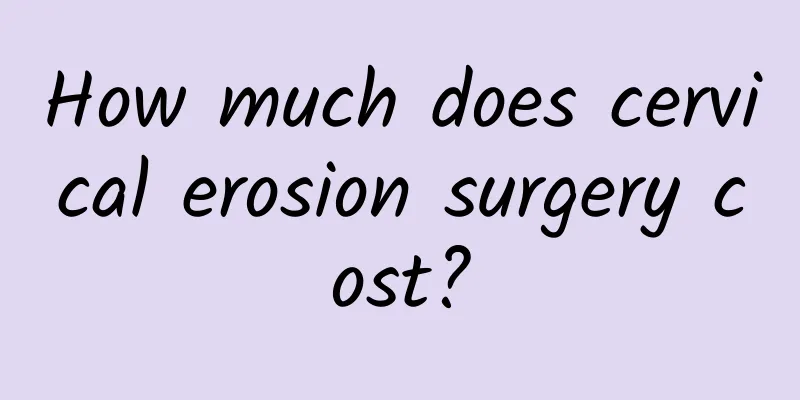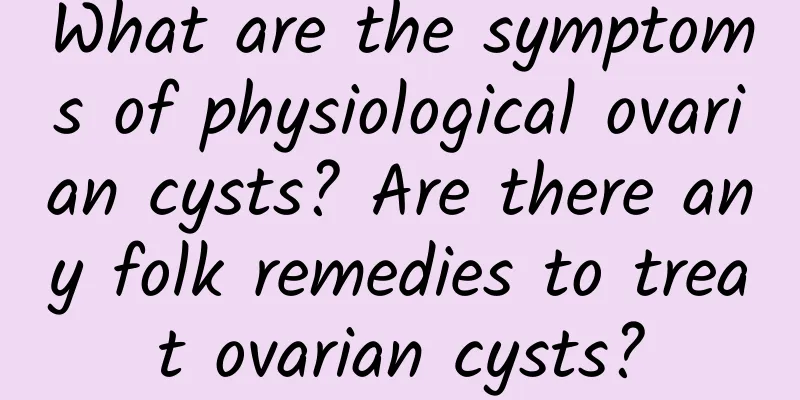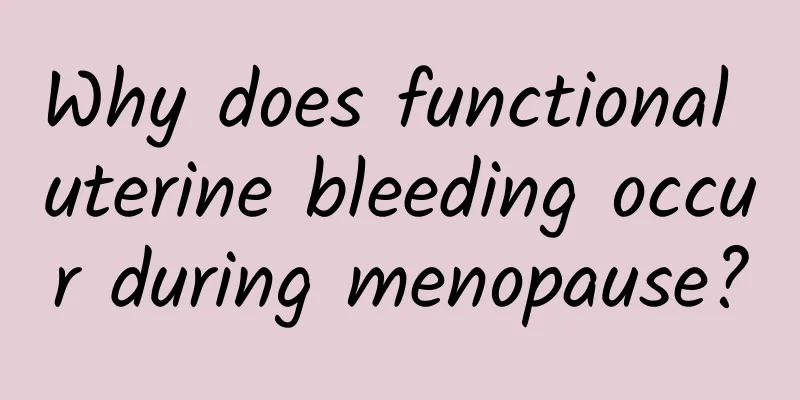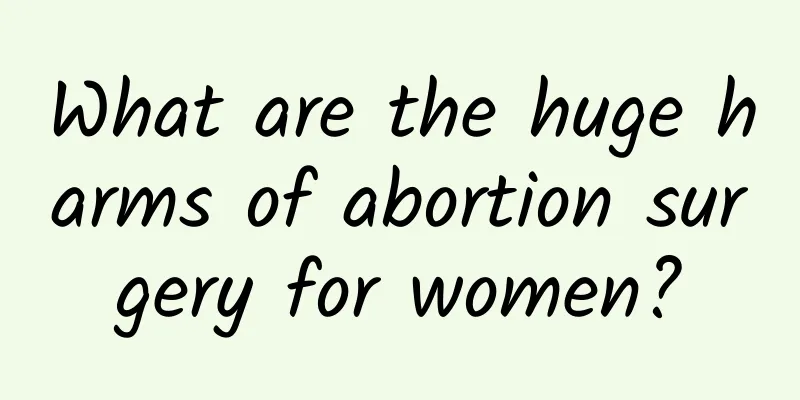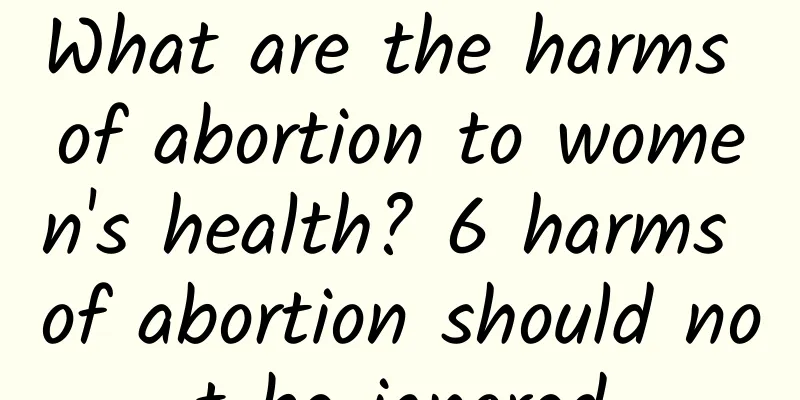What to do if pregnancy is complicated by uterine fibroids? How to deal with pregnancy complicated by uterine fibroids
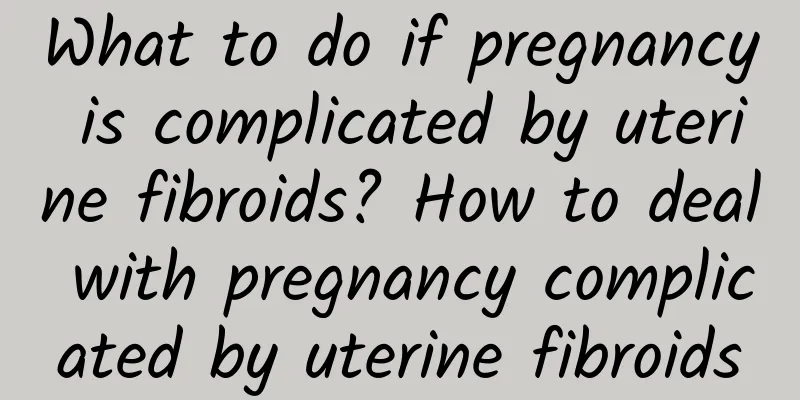
|
Treatment of uterine fibroids in early pregnancy: Intervention of uterine fibroids in early pregnancy is prone to cause miscarriage, so it can wait until the second trimester. If the fibroids are large, the chance of complications of continuing the pregnancy is estimated to be greater. If the patient requires an artificial abortion, the pregnancy can be terminated first, the fibroids can be removed in the short term, and an artificial abortion can also be performed at the same time. If uterine fibroids are discovered after pregnancy, treatment should be based on factors such as the month of pregnancy, fibroid size, and clinical manifestations. Treatment of uterine fibroids in early pregnancy: Intervention of uterine fibroids in early pregnancy can easily lead to miscarriage, so it can be treated by waiting until mid-pregnancy. If the fibroids are large, it is estimated that there is a high chance of complications if the pregnancy continues. If the patient requires an artificial abortion, the pregnancy can be terminated first, and myomectomy can be performed in the short term, or myomectomy can be performed at the same time as an artificial abortion. Treatment of uterine fibroids during the second trimester of pregnancy: 1. For patients with fibroids less than 6 cm in diameter and without symptoms, regular prenatal check-ups should be performed to note whether the fibroids have red degeneration. Most pregnant women can give birth vaginally without special treatment. 2. The diameter of the fibroid is greater than 6 cm. As the uterus grows, the fibroid may continue to grow, and large fibroids are prone to reddening, stimulating uterine contractions or peritoneal irritation symptoms. At this time, obstetricians only recommend bed rest and specialist treatment with analgesics. Surgery for uterine fibroids is rarely recommended during pregnancy, and myomectomy can only be performed when necessary. 3. Treatment of uterine fibroids in late pregnancy: Small fibroids cannot be treated. If the diameter of the fibroid is larger than 8cm but there are no symptoms, you can wait until full-term cesarean section and perform uterine fibroid surgery at the same time. Due to large uterine fibroids, not only may uterine contraction, abnormal production and delayed labor be affected, but the possibility of postpartum placental retention, postpartum hemorrhage and postpartum infection is greater than that of normal pregnant women. In some cases, the uterus may also be forced to be removed due to postpartum hemorrhage or postpartum infection. Therefore, the method of delivery should be cesarean section, and myomectomy should be performed at the same time as cesarean section. |
Recommend
Marathon beauty nutritionist reveals what she eats before, during and after exercise
You have to eat right when exercising to be healt...
Can women with chronic cervicitis not be treated? How can patients with chronic cervicitis regulate themselves?
Chronic cervicitis is an inflammatory reaction of...
Does the ovarian cyst still need treatment after menstruation?
Many women must think that ovarian cysts are a di...
What to eat for bacterial vaginosis
Bacterial vaginosis is a type of vaginitis mainly...
What are the treatments for mild cervical erosion? These treatments are recommended for mild cervical erosion.
What are the treatments for mild cervical erosion...
What are the main risks of pelvic inflammatory disease?
In general, the treatment of pelvic inflammatory ...
We need to know more about the care methods for irregular menstruation
Menstrual irregularities are very common among gy...
What to do if you get angry during menstruation?
During the menstrual period, women's immunity...
Does ovarian cyst affect fertility? What are the symptoms?
Will ovarian cysts affect fertility? What are the...
Postpartum dysmenorrhea beware of adenomyosis
Secondary dysmenorrhea made her want to jump off ...
What are the reasons for heavy menstrual flow and long cycles?
What is the reason for heavy menstrual flow and l...
How to increase menstrual flow
If you want to increase your menstrual flow, you ...
What foods are good for uterine fibroids in a week? How long does it take for the medicine to take effect?
Uterine fibroids are a common gynecological disea...
What is the cause of polycystic ovarian cysts and what are the dangers
Polycystic ovarian cysts are not a disease. Stric...
How much does it cost to treat cervical erosion with a lee knife? The price is not very expensive
Many female friends have cervical erosion. If the...

